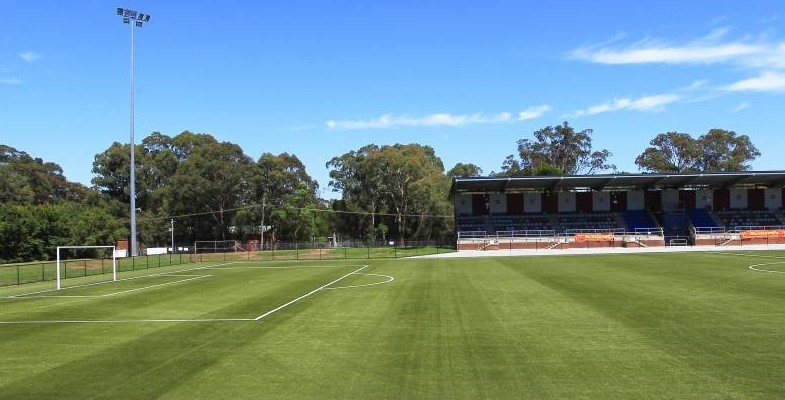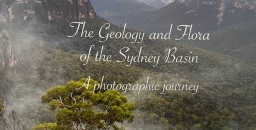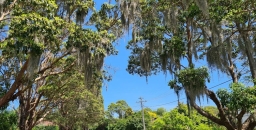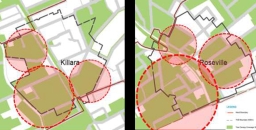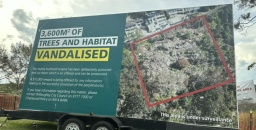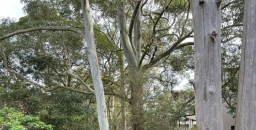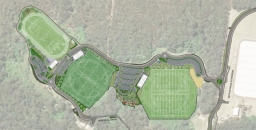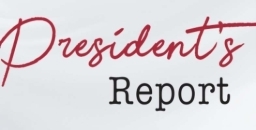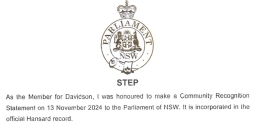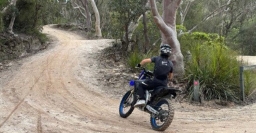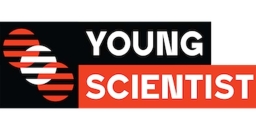In STEP Matters 210 we described the strong community opposition to plans by several councils for the installation of synthetic turf on local ovals. There are concerns about the environmental impacts of using plastic grass and the social impacts of creating fields that are primarily designed for playing football and therefore restrict community use. There are examples of the use of natural grass that overcome the problems of fields becoming degraded by overuse so the number of playing hours do not need to be restricted.
Ku-ring-gai and Lane Cove Councils are proceeding regardless with deadlines to meet to sign contracts related to funding, particularly promised grants. A report from the inquiry instigated by the Minister for Planning and Public Spaces, Rob Stokes is due any day now. This inquiry is investigating sustainable alternatives to reduce environmental impacts.
Ku-ring-gai Council – Norman Griffiths Oval
Following the decision to proceed in November 2020, Ku-ring-gai Council has been developing a design for installing synthetic turf at Norman Griffiths Oval so that quotations could be commissioned from contractors. The infill to be used is cork not the most common fill, tyre crumb. The use of cork is a fairly recent innovation for keeping the plastic grass blades upright. We don’t know much about the management of cork nor the construction and management methods for keeping it clean and in place during general use and heavy rain.
The design covers stormwater mitigation works as well as the synthetic turf installation because the field currently acts as a stormwater detention basin. Extensive stormwater mitigation works are required because Quarry Creek flows under the field and it is also the catchment area for rainwater collected over the large area of Sydney Turpentine Ironbark Forest (STIF) above the field. With synthetic turf the oval will no longer absorb the water flows from this catchment.
STEP and several other interested people, representing the local community and volunteer bushcarers as well as the sporting clubs, were advised they could participate in a stakeholder reference group that would review progress and provide comment on the design at key milestones. We were told that these reviews would be:
… a check measure to ensure we remain transparent and accountable to the community.
However, we were not given any opportunity to consider the design before it went out to tender. We had been advised early this year that the level of the field needed to be raised by about half a metre to accommodate the stormwater mitigation and the base fill. This would impact on the hydrology of the bank above the field, which contains some rare orchids as well as the STIF around the oval. No reference group meeting has occurred.
The outcome of the tenders was considered at the council meeting on 15 June. According to the meeting agenda documents, only two tenders were received and neither met the tender requirements. With a deadline to be met to select a contractor and sign documents, the critical part of the process is being rushed.
There was no discussion at the council meeting and the decision was in line with staff recommendation. The meeting resolution was as follows:
- Fresh tenders as referred to in clause 178(3)(b)–(d) of the Regulation not be invited due to the current deadlines for the grant funding.
- Pursuant to clause 178(3)(e) of the Regulation, the General Manager enter into negotiations with any person (whether or not the person was a tenderer) with a view to entering into a contract in relation to the subject matter of the tender in terms acceptable to Council’s requirements.
- The Mayor and the General Manager be delegated authority to execute all documents on Council’s behalf in relation to any contract formed as a result of the above.
We are very concerned that there will be no broader review of the design and construction contract. No information has been provided about potential environmental impacts of the decision.
In October 2020, when the decision was made to proceed with the project, it was stated in the meeting agenda papers that the likely environmental impacts were ‘reasonable’ on the basis of only a concept plan. Now we are told that a Review of Environmental Factors (REF) will be completed by the winning contractor when the design and construction of the project is refined. This is putting the cart before the horse! What happens if the review finds that impacts will exceed guidelines?
We hope to find out more soon.
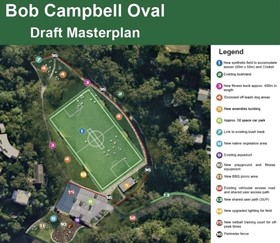
Lane Cove Council – Bob Campbell Oval
For several months the community of Greenwich has been fighting the proposed installation of synthetic turf on Bob Campbell Oval, on the edge of Sydney Harbour foreshore at the end of Gore Creek. This park, which is the only piece of flat land in the area and is used by all the community, would be predominantly available only for organised sport if synthetic turf were installed. It would be fenced off from general community use and the popular off leash dog area would be reduced to small areas beside the field.
Lane Cove Council claims that the issue of potential environmental impacts has been addressed by their decision to use ‘4G’ technology, a fully woven product made of one polymer family (polyolefin). The woven construction results in the grass fibres and backing structure being produced as one combined product and eliminates the need for infill such as tyre or cork crumb. It is claimed that this product will significantly reduce the likelihood of lost fibres migrating into the environment. It would be the first use of this product in Australia.
A new group has been formed to fight this decision, Natural Grass at Bob Campbell Inc (NGABC). On 21 June, the same day that contracts were due to be signed, solicitors for NGABC delivered a letter of demand to council’s general manager stating that they have serious concerns about the validity of the mandatory environmental assessment that had been conducted. The letter calls on council to undertake to cancel its environmental assessment, to conduct a new assessment in accordance with environmental legislation and not to sign construction contracts for the synthetic surface.

